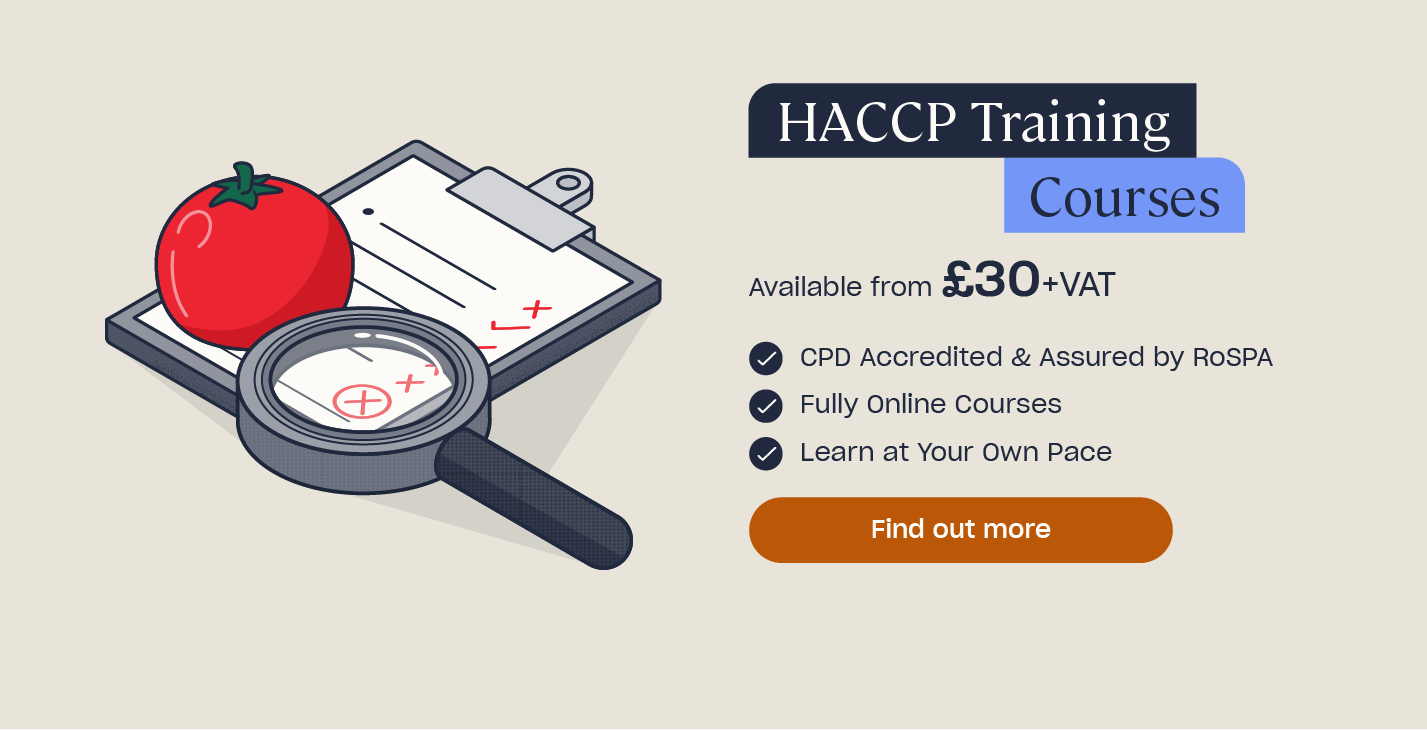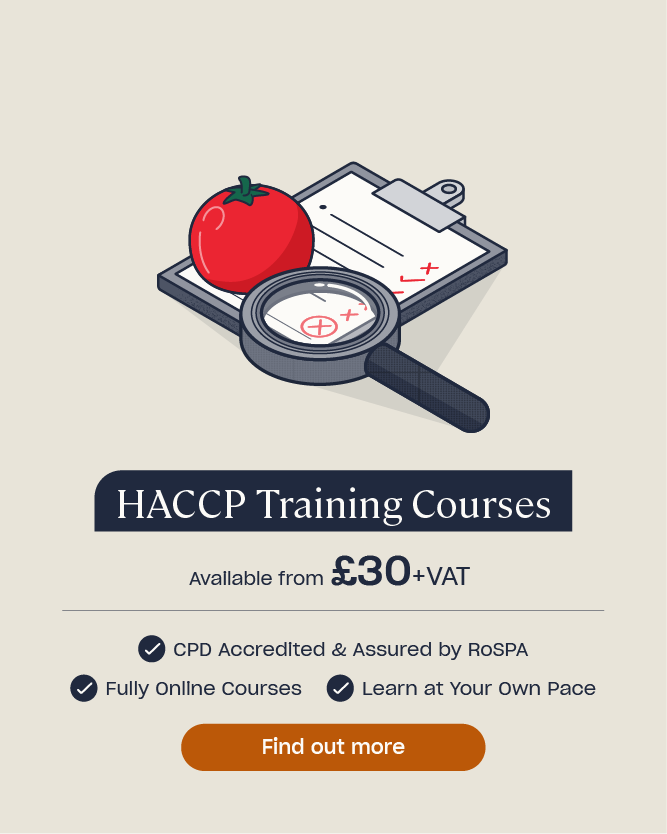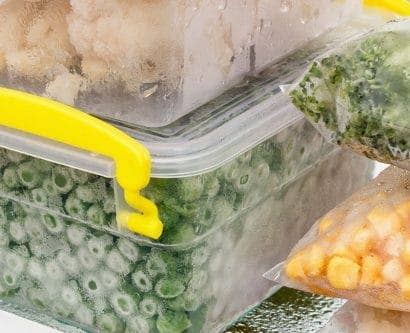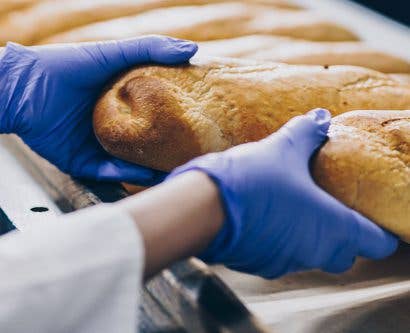Food Product Recall Procedure Template – Free Download
Food recalls are a common occurrence in the UK and all across the world. They can arise due to a variety of reasons, such as a missing allergy label, the presence of a physical contaminant, like glass, or because of a bacterial contaminant within the product, like E. coli.
Knowing how to respond to a food product recall is essential. Not only can the affected food cause harm to consumers, it can also have catastrophic effects for a business if it’s not correctly handled. As a food manufacturer, you must know how to handle product recalls and understand the steps that you need to take.
What is a Food Product Recall Procedure?
A food recall procedure is the name for actions taken to remove any food from sale, distribution, and consumption which may pose a food safety risk to consumers. It can occur due to a report from various sources, including manufacturers, wholesalers, retailers, and consumers. Additionally, a food product recall may occur during a food business’s testing or auditing.
While food product recalling can happen at a variety of stages, from manufacture to consumption, there are two primary categories of recall:
- Trade level recall. This type of recall is conducted when the food has not been sold directly to consumers. It usually means that the product will be recovered from distribution centres and wholesalers.
- Consumer level recall. This is a much larger scale of recall than trade level. It involves recovering a food product from all points in the food chain, including retrieving it from consumers after they’ve purchased it.
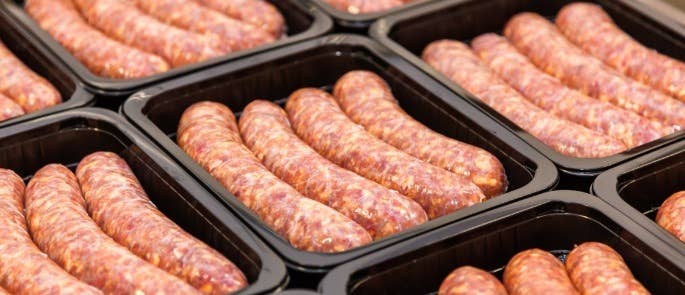
There are a number of reasons why a product may be recalled. However, there are two main types of product recall:
- Food allergy recalls. These are recalls that occur due to allergy concerns. For example, if the allergy information wasn’t very clear, it was labelled incorrectly, or it was completely missing on the label.
- Food safety recalls. These happen when there is a safety concern about a certain food. For example, if a food product contains a high concentration of a substance not safe for consumption (such as pesticides or cleaning chemicals), if a foreign substance is in the product (like bits of plastic, rubber, or metal), or if the food is found to contain harmful bacteria (such as salmonella). Other reasons for food safety recall include contamination and environmental pollution incidents, such as chemical spills that have affected food.
A consumer may also complain about a food product if they’ve been harmed by it or become ill from eating it, prompting a recall.
What is the Difference Between a Food Recall and Food Withdrawal?
A food withdrawal is where action is taken to remove food from the supply chain before it has reached consumers. It may occur when the food product has a quality defect, such as a slightly different colour to, or being smaller than, usual. It may also occur as a precautionary measure, such as if it’s pending an investigation.
In contrast, a recall happens when unsafe food is removed from the supply chain when the product is already available to consumers, and they are advised to take appropriate action. For example, returning the unsafe food for a refund or disposing of it.
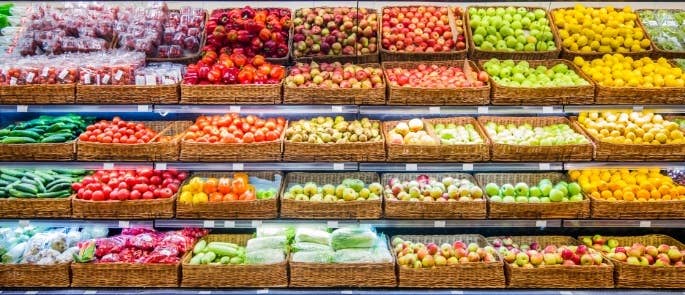
We’ve developed a free food product recall template that you can use, should you need it. The rest of this article provides guidance for how to use this template as well as giving you examples of previous product recalls.
Steps of a Food Product Recall
As a food manufacturer you must know how to keep your consumers as safe as possible. Knowing each important step in a food product recall process is therefore essential.
The first part of a product recall involves the safety issue coming to your attention. You may notice a hazard yourself, you may be contacted from somebody further down the supply chain, or customers may complain about a product they’ve eaten. In a worst-case scenario, somebody may die because of allergenic contamination in your products.
You must take any food safety concern seriously and take immediate action to recall it if needed.
Step One – Decide if the Food Needs to be Recalled
All food manufacturers, handlers, and retailers have a responsibility to ensure that food is safe to eat. Food should not be placed on the market if it is unsafe. Under food safety law:
If a food business operator considers or has reason to believe that a food which it has imported, produced, processed, manufactured or distributed is not in compliance with the food safety requirements, it shall immediately initiate procedures to withdraw the food in question from the market where the food has left the immediate control of that initial food business operator and inform the competent authorities thereof.
Where the product may have reached the consumer, the operator shall effectively and accurately inform the consumers of the reason for its withdrawal, and if necessary, recall from consumers products already supplied to them when other measures are not sufficient to achieve a high level of health protection.
Article 19 of Regulation (EC) No. 178/2002
Therefore, if you have any reason to suspect that food could pose a hazard to consumers, you must recall it. This is regardless of how the concern comes to your attention.
Step Two – Create a Food Recall Team
After identifying food that needs to be recalled, you should assemble a team of people who can help you recall it. Ensure that you have plenty of people to help throughout the process and make it run as smoothly as possible.
Step Three – Gather Information on the Food Safety Incident
Once you have your team in place, you should then begin to gather all the necessary information. Collect details of the food, what the hazard is, how the hazard was allowed to happen, and the extent of the problem. For example, is the food available to consumers at the point when you recognise the safety concern?
This type of information can be gathered from a variety of internal and external sources, including:
- Production records.
- Sales records.
- Employees.
- Suppliers.
- Complaints.
- Audit.
- Sample analysis.
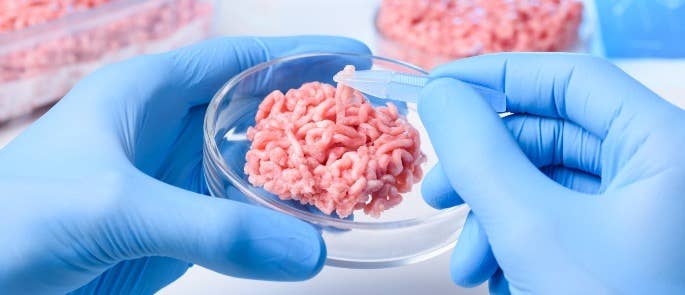
Step Four – Notify the Relevant Authorities
After gathering all your information about the food you will recall, you need to notify the relevant authorities. You must notify:
- Your food enforcement authority.
- The FSA if you are in England and Wales, FSS if you’re in Scotland, and FSANI if you’re in Northern Ireland.
- Your suppliers and business customers.
You should notify your enforcement authority and the FSA/FSS/FSANI using established reporting procedures. Don’t delay this – if not all information is available, provide what you have so far rather than waiting to collect it all.
At this point, you should notify any businesses that you provided the food to, such as supermarkets and restaurants, using the information that you gathered in step three. They must then remove the product from the shelves, stop preparing food using it, and prevent it from getting to consumers in any way.
Step Five – Set Apart Affected Products in your Control
It’s likely that you will still have a number of products in your control that are affected by the identified issue. For example, if you have a packaging fault due to a piece of machinery, then every product that has since gone through that machinery may have the same default.
You must check the remaining products on your manufacturing premises and identify any further products that are a cause of food safety concern. Remove these products from your production line and ensure that you keep them separate from food that is safe to eat.
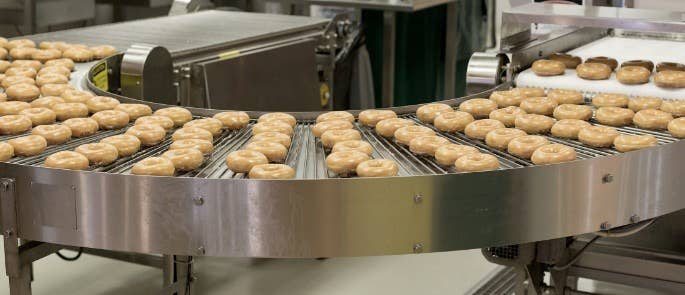
Step Six – Notify Consumers
All customers who have been, or are likely to have been, affected by a harmful food product must be notified of it. You must use an effective communication method to inform them of the actions they need to take, and ensure the information provided to them is accurate.
Consumers are usually notified through a range of means:
- The shop where the affected food was sold may display a sign somewhere in the shop (such as in the window, the entrance, or on the shop floor near the affected product).
- They may be emailed. For example, if they signed up for a store’s loyalty card with their email address and they scan this when they pay for an affected item, the store can track that they bought the item and let them know.
- Notices are displayed on the Food Standards Agency website (or FSS or FSANI).
- In cases that have a particularly high risk, where lots of people are expected to be affected or where somebody has died as a result of eating a contaminated product, then it could appear in the news.
When you notify consumers about the food recall, you must also explain what they should do with the affected product that’s in their possession. This usually involves taking it back to the shop they bought it from for a full refund.
Step Seven – Monitor Progress
Throughout the food recall process, you should continually monitor its progress. This means that you should maintain communication between yourself and the food enforcement authority, the FSA/ FSS/ FSNAI, and business customers.
Step Eight – Control Recalled Products
Once the recalled products start making their way back into your factory, you need to decide what to do with them. You must keep them separate from other products for a number of reasons, such as if a product contains an allergen that may contaminate other products. Keep them in a controlled environment until you decide what you will do with them.
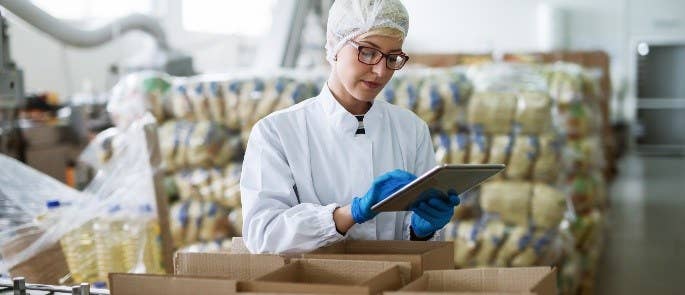
Step Nine – Dispose of Recalled Products
In the majority of cases, food that’s been recalled will need to be disposed of. How you dispose of the item will change based on the reason for the recall. For example, if something contains a foreign object (e.g. plastic) then this would be disposed of very differently to something that contained harmful bacteria like listeria. You should ensure that you have food disposal procedures in place for recall situations.
Additionally, depending on the nature of the food recall, it may be necessary for you to keep a sample of the product for testing.
Step Ten – Fix the Cause of the Recall
Depending on the nature of the food recall, how you fix the initial cause can vary dramatically. For example, if your product is found to contain an undeclared allergen, then this can be rectified by either changing the packaging or changing the recipe. If the issue stemmed from somewhere in your hazard analysis system or food production line, this would need to involve a more careful consideration and evaluation of your procedures. It’s essential that you fix the cause of the recall to prevent it, to the best of your ability, from happening again.
Food Product Recall Examples
Food recalls happen all the time and often they are not thought to cause serious concern. However, there have been cases in which recalls have made national news.
Graze Recalls Vegan Snack
In March 2019, snack company Graze recalled a product that they labelled as vegan when it was found that it actually contained milk. The ‘Sea Salt and Vinegar Veg Crunchers’ were not only mislabelled to be vegan, but also posed a serious risk to anybody who had a milk intolerance or allergy and judged that the product was safe to eat.
The company apologised for the product and claimed that no other products had been affected. However, Graze are not the only company who have been caught out by this, with many other companies also missing allergen information from their packaging every week.

Image taken from Graze
Britvic PLC Recalls Selected Robinsons Fruit Shoots
On 30th June 2019, the Food Standards Agency announced that Britvic PLC was recalling selected Robinsons Apple and Blackcurrant Fruit Shoots based on a small number of reports. The reports stated that the spout within the sports bottle cap may become detached unexpectedly, presenting a safety risk.
These bottles were sold as multipacks in Tesco and Costco and as single bottles in McDonald’s. Point of sale notices were displayed in all retail stores that sell this product, which explained why the product was being recalled and what consumers that bought it should do.
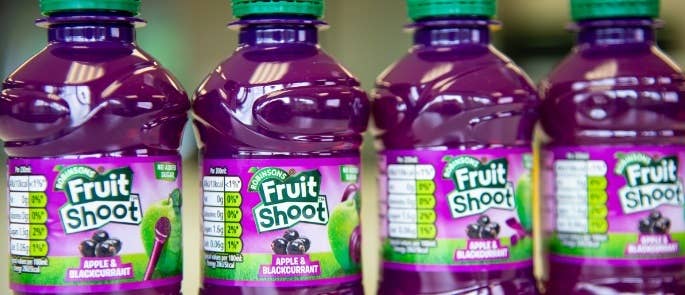
Image taken by High Speed Training
Food Product Recall Procedure Template
We have developed a food recall procedure template for you to use in the event of needing to recall a product. This will help you to track the progress of your recall.
Our recall template is not exhaustive and you may have to implement further steps depending on the nature of your recall. High Speed Training is the owner of the content contained within this article and template, however it is free for you to use so long as you keep the disclaimer.
What to Read Next:
- Is Your Business Losing the Fight Against Food Fraud?
- Should We Still Be Worried About Horsemeat?
- Who is Responsible for the Traceability of Food?
- Food Fraud: Product Traceability Template
- Promoting a Food Safety Culture: Free Assessment Guide
- Food Supply Chain: Importance & Management Strategies


